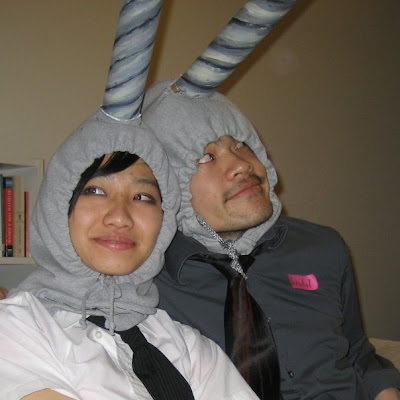 Seal recently finished one of her animation background layout - a violin antique repair shop (above). She was inspired by the renown violin-making city of Cremona, Italy. She likes the shape of violins, but has never drawn one before, nor seen one up close. So in her process, she had had to research some of the essential shapes associated with a violin. Below are some of her sketch studies.
Seal recently finished one of her animation background layout - a violin antique repair shop (above). She was inspired by the renown violin-making city of Cremona, Italy. She likes the shape of violins, but has never drawn one before, nor seen one up close. So in her process, she had had to research some of the essential shapes associated with a violin. Below are some of her sketch studies. Every recognizable object has an essential shape, it's what makes them identifiable and separates a cow from a violin. Back when we were cave people and even today, our brain likes to quickly categorize shapes- "friend or foe- that is the shape of an edible fruit, or that is a lion I should run away from," "that is my friend across the street, or my boss coming down the hallway." So as an illustrator/artist, we have to make sure that we clearly communicate the shape of objects (if you want clarity). Sometimes as fine artists, we want to play with our audiences' expectations and create ambiguity, in which case, we can deliberately distort shapes.
Every recognizable object has an essential shape, it's what makes them identifiable and separates a cow from a violin. Back when we were cave people and even today, our brain likes to quickly categorize shapes- "friend or foe- that is the shape of an edible fruit, or that is a lion I should run away from," "that is my friend across the street, or my boss coming down the hallway." So as an illustrator/artist, we have to make sure that we clearly communicate the shape of objects (if you want clarity). Sometimes as fine artists, we want to play with our audiences' expectations and create ambiguity, in which case, we can deliberately distort shapes.It often takes several drawings for our brain-hand muscle coordination to get into sync in expressing the right line or curvature and shape. Below is the line drawing used for the final illustration. You can see that some of the violin shapes are good (recognizable, typical, relatively realistic) and some are a little off (perhaps too elongated, not having quite the finesse). It probably would take me another month of practice drawing the violin, to be able to draw them from memory.

Sometimes it is good to "push" the design of the shapes (as seen below). In the animation world, this "cartoony" style is called "wonky." Going "wonky" helps my brain to loosen up and to experiment on how far I can exaggerate the shapes of the violin while still keeping them recognizable.

Thinking about shapes is not only applicable to illustrators or 2d artists, when designing anything from jewelry, to bags, to hats, to hairpins, you want your products to be recognizabe, yet different from anything anyone else has done before. In order to do that, you have to start at the basic shapes. What makes a top hat different than a beret? Before anything else-- color, texture, material -- it inevitably boils down to their essential shapes.

